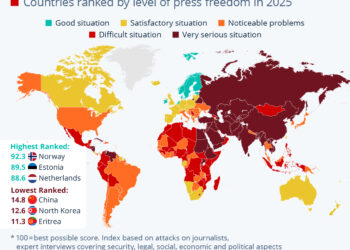Understanding the Date of Easter: A Historical Perspective
Easter, a cornerstone of Christian belief and celebration, is unique for its shifting date each year. Unlike Christmas, which has a fixed date of December 25, Easter is celebrated on varying dates dictated by a complex set of criteria. This blog aims to explore how the date for Easter is determined, the historical data surrounding its occurrence, and the trends over the last 500 years.
The Formula Behind Easter’s Date
Easter is celebrated on the first Sunday that follows the first ecclesiastical full moon after the Spring Equinox. This can be somewhat confusing, as the Church has fixed the Spring Equinox on March 21 for calculation purposes, despite the actual equinox occurring between March 19 and March 21.
This approach to determine Easter can lead to a wide range of dates: from as early as March 22 to as late as April 25. The method of calculation stems from the ancient Jewish calendar, which links the holiday to Passover, a time when many Christians believe Jesus was crucified and resurrected.
Frequency of Easter Dates Over 500 Years
According to data from the U.S. Census Bureau, examining Easter’s occurrence over a span of 500 years—from 1600 to 2099—reveals interesting patterns:
Most Frequently Celebrated Dates
- March 31: Celebrated 22 times
- April 16: Celebrated 22 times
These two dates stand out as the most common days for Easter celebrations over the analyzed period.
Least Frequently Celebrated Dates
- March 24: Celebrated 2 times
- March 22: Celebrated 3 times
The statistics show that while certain dates dominate in frequency, there are others which are hardly celebrated at all.
Historical Trends
The variability in Easter’s date reflects the complexities of early Christian theology and the decisions made by Church authorities when establishing the calendar. The formula has remained consistent since the 4th century AD, when the Council of Nicaea established the basis for the Easter calculation.
From the data compiled, we see how the observance of Easter has evolved. For instance, Christians around the world still employ the same principles to determine when to celebrate this pivotal holiday, connecting back to its roots in ancient practices.
Upcoming Easter Dates
For those wondering about future Easter celebrations, the date for this year falls on April 20, while the upcoming year will see Easter celebrated on April 5. This reinforces the ongoing variability and the historical patterns of the holiday’s observance.
The Significance of Easter’s Flexible Timing
Holding Easter on different dates each year symbolizes more than just a calendar event; it reflects the theological variations and cultural significance associated with the holiday. It also affects various aspects of Christian practice, from the liturgical calendar to related celebrations and traditions across numerous denominations.
In Conclusion
The observations about when Easter occurs reveal a blend of historical, astronomical, and ecclesiastical factors. The next time you mark your calendar for this important day, consider the rich history and intricate calculations that have determined its observance for centuries.






